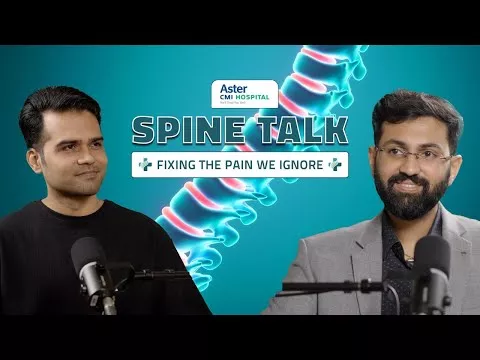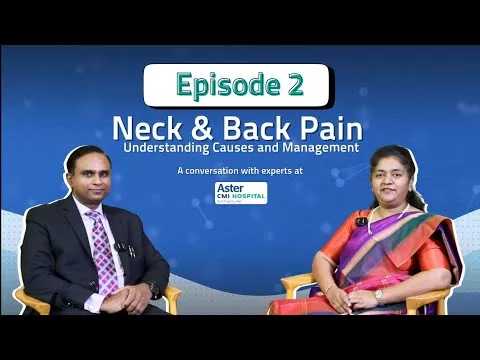Pain is a universal experience. It is one of the most commonly reported concerns to any healthcare professionals. We all have experienced pain in different forms, with varying intensities. There are many ways of looking at pain. European Federation of Pain defines pain as "An unpleasant sensory and emotional experience associated with, or resembling that associated with, actual or potential tissue damage. Pain is always a personal experience that is influenced to varying degrees by biological, psychological and social factors."
There are different types of pain. For the benefit of understanding this write up, let’s focus on two types of pain- Acute and Chronic pain. Acute pain usually lasts for a short duration. It tends to be related to a soft-tissue injury or a temporary illness. Once the injury or illness heals, pain subsides. Causes of acute pain could include broken bones, surgery, burns or cuts, labor and childbirth etc. If you are looking for specialized care, an Orthopedic Hospital in Hebbal Bangalore can provide expert support for acute musculoskeletal injuries.
Chronic pain on the other hand lasts for a longer duration. Generally, a diagnosis of chronic pain occurs when pain persists more than 3 months. Sometimes, this pain could be intermittent in nature. But in some cases, it could be constant. Examples include arthritis, cancer, fibromyalgia etc..
In this write up, we will discuss about 1 such chronic pain- Fibromyalgia.
Fibromyalgia is a syndrome. It is a chronic condition which causes pain, stiffness, and tenderness of the muscles, tendons, and joints. It is also characterized by restless sleep, tiredness, fatigue, anxiety, depression, and disturbances in bowel functions. For personalized management of fibromyalgia symptoms, consulting Orthopedic Surgeons in Hebbal, Bangalore can help in accurate diagnosis and care planning.
It one of the most common condition affecting the muscles manifested with pain, stiffness, and tenderness of the muscles, tendons, and joints. The painful tissues involved are not accompanied by tissue inflammation. Therefore, despite potentially disabling body pain; patients with fibromyalgia do not develop tissue damage or deformity. The pain of fibromyalgia is generally widespread, involving both sides of the body. Pain usually affects the neck, buttocks, shoulders, arms, the upper back, and the chest. "Tender points" are localized tender areas of the body that can bring on widespread pain and muscle spasm when touched.
Symptoms of Fibromyalgia to look out for include:
- Persistent widespread pain
- Stiffness
- Fatigue
- Disrupted sleep
- Cognitive difficulties often accompanied by multiple other unexplained symptoms
- Anxiety and/or depression
- Functional impairment of daily living activities
As much diagnosing this condition sounds challenging or sometimes, diagnosis could be delayed, because the symptoms wax and wane, treatment process also is an ongoing one. The symptoms cannot be handled or treated in one visit. Treatment for Fibromyalgia does not always depend solely on pain medicines. It should include an inter-disciplinary team which comprises of a Pain specialist, Psychologist, Nutritionist/dietician, Physiotherapist or an expert in Physical Rehabilitation.
Fibromyalgia is definitely treatable with right approach, Visit the Best Pain and Palliative medicine department at Hebbal for more details and to book an appointment.











